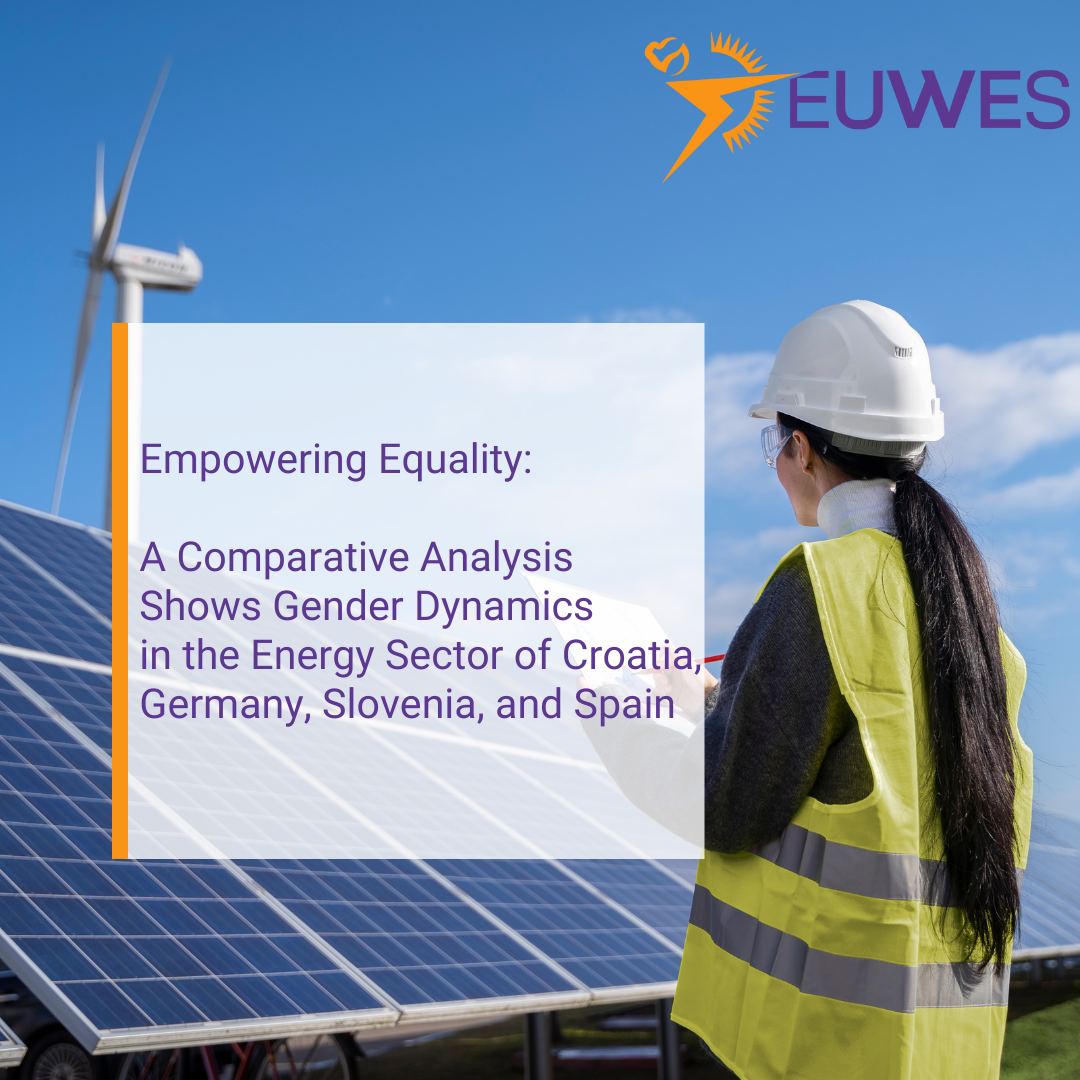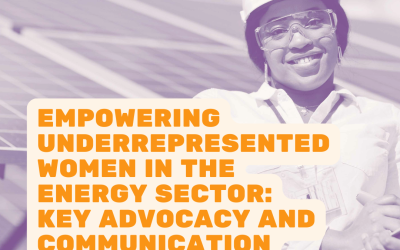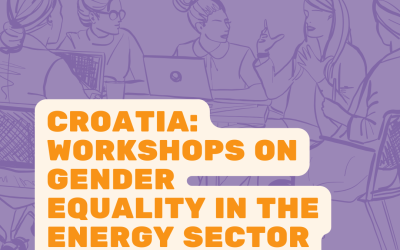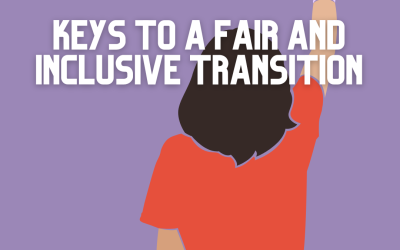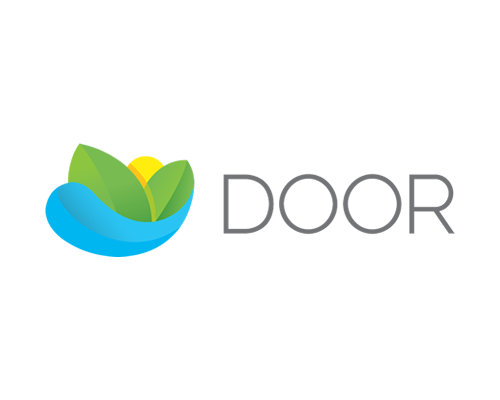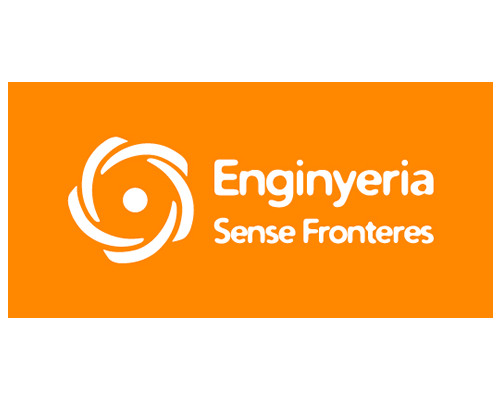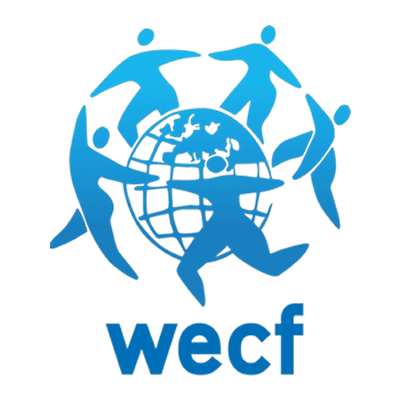Energy systems determine and shape who enjoys the benefits of energy technologies and who bears the resulting burdens.
Globally, women’s decision-making power in the energy sector and their access to resources and services relevant to climate and energy are limited. This is due to gender stereotypes and structural inequalities between different genders, such as lower financial resources (e.g. general and energy sector-specific gender pay gap) and unequal distribution of unpaid care work (gender care gap). Very few countries in the European Union have closed the gender pay gap in 2023, with an overall average of 13% for the EU in 2023, leaving to a gender pension gap in the future and also creating obstacles for women to invest in renewable energy solutions. Also, due to widespread traditional role models in the patriarchy, men are more often involved in governmental and community policy activities that are associated with status and/or power.
The project Empowering Underrepresented Women in the Energy Sector (EUWES) reacts to the above-described situation: one of its main objectives is to raise awareness, promote opportunities for women’s active participation and to contribute to closing the gender gap in management and leadership positions. To identify the gaps that need to be filled, analyses for each EUWES project country have been conducted in a first step.
Deliverable D1.4 Comparative Analysis provides an overview of the current status quo of gender in the energy sector of the EUWES project countries Croatia, Germany, Slovenia, and Spain by highlighting main gender and energy policies and by carving out the differences and similarities between the strategies of the countries.
D1.4 is based on the 4 national reports which have been published by all EUWES project partners; reports that show main results of desk research, stakeholder interviews and data analysis about current ambitions to mainstream gender in the political, economic, and academic spheres of each national energy sector. These analyses were guided by the following research questions:
- How do national and federal strategies promote gender equality?
- Which measures ensure equal opportunities for women to participate in the energy sector, especially in leadership positions?
- Do the strategies and measures go further, and address aspects of representation, rights, and redistribution from a gender perspective?
- What barriers do women (or WLINTA) face in terms of their representation in the political, economic, and academic spheres of the energy sector?
To answer these questions, an overview of main gender policies and energy policies is demonstrated, showing that there is no coherent link between these policies in all 4 countries. Furthermore, best practices of programs and strategies for the economic sector, e.g. for energy companies, such as Gender Action Plans and family-friendly policies, and for the academic sphere, e.g. mentoring programs, are highlighted.
D1.4 Comparative Analysis concludes with recommendations for different stakeholder groups, such as policy makers, managers from the private sector, and academic institutions. It is emphasised that transparency and monitoring is needed, as well as leadership commitment, education and trainings, research and data generation, linking gender and energy curricula in schools and universities, and increase the representation of WLINTA throughout all political, economic, and academic spheres.
To support stakeholders in the implementation of these recommendations, EUWES project partners will organise targeted regional training for different stakeholder groups in the upcoming months. Visit our website and social media accounts to stay updated!
Image by Freepik
